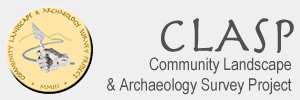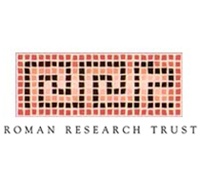British Museum, 31 May 2019
A report by CLASP Member Hilary Calow
The event was held as part of the Grave Goods Project www.gravegoodsproject.org
- The Grave Goods project’s primary aim is to undertake the first long-term, large-scale investigation into grave goods during the Neolithic, Bronze Age and Iron Age. The project database includes more than 1000 sites across the UK, 3200 burials, 5700 objects.
- “Our analysis will enable a new level of understanding of mortuary material culture over this major period of technological innovation and social transformation. We will develop and apply a suite of interpretive approaches leading to a novel, theoretically-informed narrative concerning the significance of objects in people’s lives and deaths in later prehistoric Britain.”
- It was a curious event with a mix of archaeologists and artists speaking.
- The 3 artists spoke covered a “performance” project looking at how our digital traces (objects) might be viewed after our deaths, a pottery collection which included a funerary urn made of the artist’s fathers ashes and Rob Heard who talked about his project “shrouds of the Somme” which was very moving. You can read more about him here https://www.robheard.co.uk/shrouds-of-the-somme/
- I was more attuned to the archaeology. Speakers included Paul Pettit on mortuary practice from the Palaeolithic onwards. He is terrific on this topic and talked about the distinction between mortuary practice and funerary. He gave some examples of primate and elephant mourning where death is marked face to face (and amazingly chimpanzee mothers sometimes carry their mummified dead babies for months). From evidence we have, Homo behaviours seem to have moved funerary caching (eg putting a body in a crevice) and burial, necrophoresis (moving bodies away from the living) through to the rise of symbolism and complex burials, with cannibalism along the way.
- Richard Osgood talked movingly about the archaeological work he does in the army and in particular about 1 case study of an Australian soldier, Alan Mather who died in France in 1917. They found his remains, used DNA to establish his identity, and reburied him with due honour in France, along with the equipment he had on him and grave goods his family wanted interred with him.
- Other talks included
-
- the practices of the indigenous aboriginal peoples of Australia and how (badly) colonial powers had treated the people and their grave goods
- Egyptian reuse of grave goods, including coffins, plaques and eg Tutankhamun’s mask
- The final talk issued a plea to everyone excavating graves, especially prehistoric – please don’t overlook the small, the “geology”, the pebbles, shells, animal bones, broken or burnt items, the single thing… all of these may have been symbolic, placed BY HUMAN HAND.









